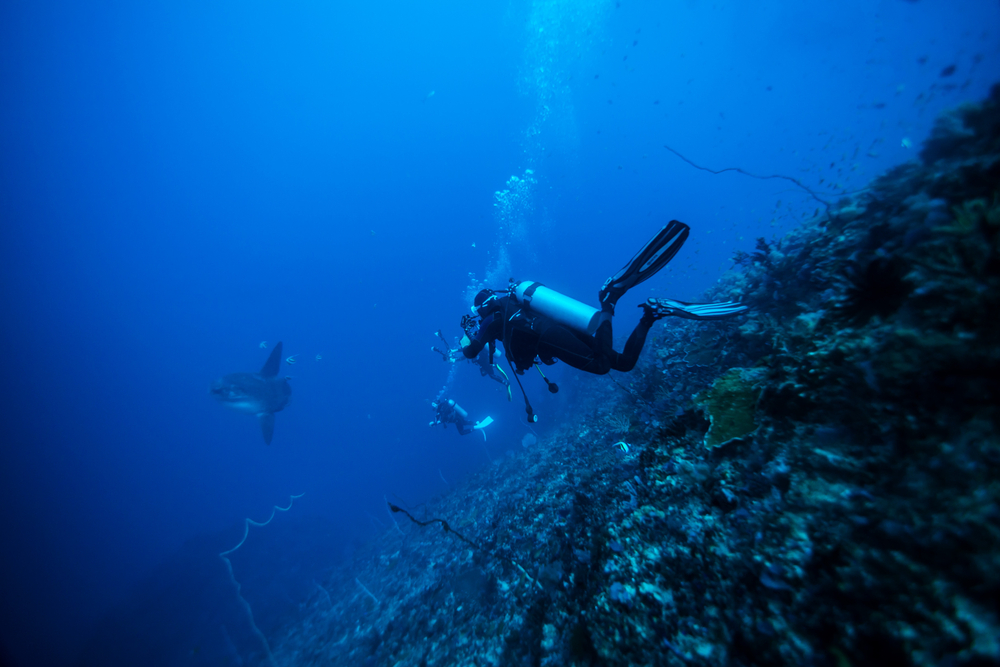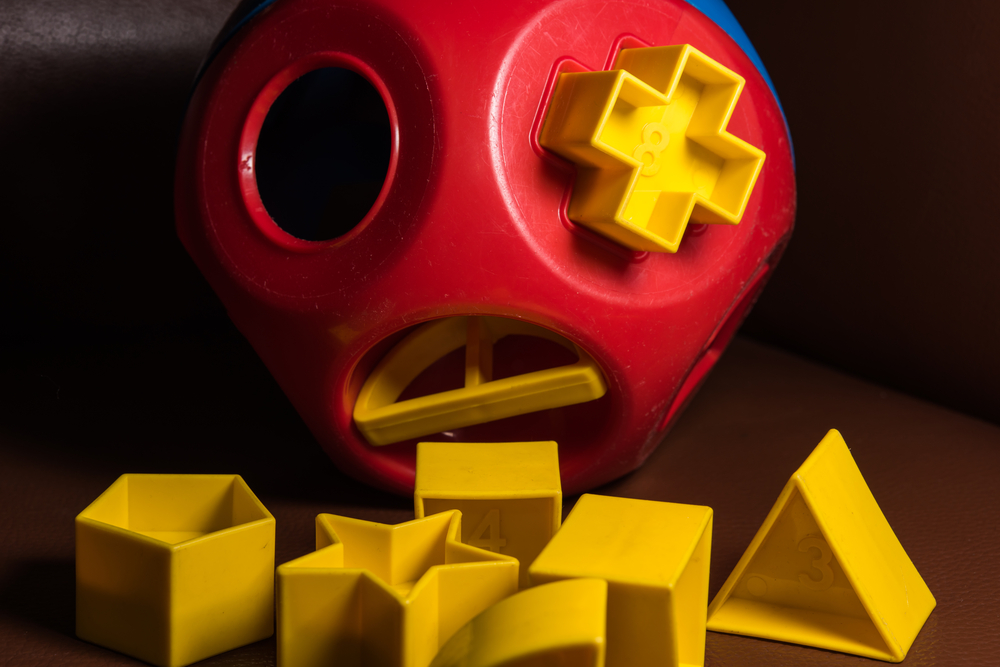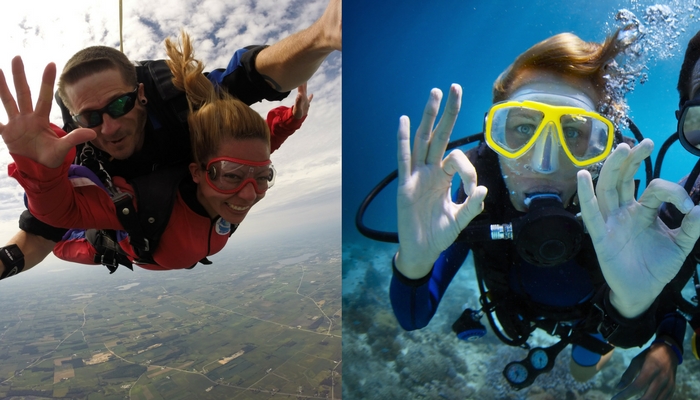Understanding Nitrogen Narcosis
Nitrogen narcosis is a reversible alteration in consciousness that can occur while diving at depth. Sometimes called the “rapture of the deep” or the “martini effect,” it causes a range of cognitive and motor effects. often subtle and not immediately recognized by the diver experiencing them.
It’s not caused by a lack of oxygen or a toxic substance, but rather by the narcotic effect of breathing nitrogen under pressure.
Why It Happens
At increased pressure, inert gases like nitrogen become more soluble in body tissues. As the partial pressure of nitrogen rises during descent, it begins to interfere with neural transmission, especially in the brain and central nervous system. This disruption is thought to affect the lipid layers of neurons, altering signal transmission in a way similar to how anesthetic gases function.
Oxygen, argon, and even carbon dioxide also have narcotic potential, but nitrogen is the primary concern for recreational air divers.
When and Where It Occurs
Most divers begin to experience some degree of narcosis between 80 and 100 feet (24 to 30 meters), though the exact threshold varies. It becomes more pronounced with greater depth and can occur suddenly or gradually.
Environmental and personal factors can lower your susceptibility threshold, including:
- Cold water
- Elevated carbon dioxide (CO2) levels due to overexertion or poor gas exchange
- Fatigue
- Anxiety or stress
- Dark or low-visibility conditions
Recognizing the Symptoms
Symptoms can vary widely and are not always easy to detect. Divers may feel:
- Euphoria or giddiness
- Unexplained anxiety or fear
- Poor judgment or decision-making
- Slowed thinking or reaction time
- Clumsiness or difficulty operating gear
- Tunnel vision or auditory distortion
Because the onset can be subtle, many divers are unaware they are impaired until they review their decisions after the dive.
Narcosis vs. Other Issues
Narcosis is often confused with or masked by other dive-related problems. Unlike decompression sickness or oxygen toxicity, nitrogen narcosis produces no lasting damage and resolves simply by ascending.
However, it can increase the risk of other issues:
- A narcotized diver may ignore air pressure, lose track of depth, or fail to recognize symptoms of oxygen toxicity
- It can compound stress, leading to panic
- It may delay or impair emergency response
Understanding the distinction helps divers make informed decisions in real time.
Individual Variation
Some divers feel the effects of narcosis strongly on their first 80-foot dive. Others can descend to 120 feet without noticing anything unusual. The same diver might even react differently on different days or dives, depending on factors like hydration, CO2 buildup, and psychological state.
Personal Note: I’ve been to slightly over 100 feet multiple times on air and felt nothing. No euphoria, no impairment, no difference at all. But that’s not an excuse to be careless. Narcosis doesn’t always announce itself, and just because you don’t feel it doesn’t mean it’s not affecting your judgment.
This variability makes it important to monitor yourself and your teammates, rather than assuming a fixed depth equals a predictable effect.
Mitigation Strategies
Narcosis cannot be prevented entirely while breathing air at depth, but it can be managed:
- Stay shallower: Below 100 feet, the effects typically increase quickly
- Minimize CO2 retention: Breathe steadily and avoid overexertion
- Dive helium-based mixes: Trimix replaces some nitrogen with helium, which has no narcotic effect. This is common in technical diving, but requires specialized training and equipment
- Practice skills at depth: Repetition under realistic conditions improves performance even if narcosis is present
- Dive well-rested and calm: Anxiety and stress worsen symptoms
Responding to Narcosis Underwater
If you recognize symptoms in yourself or a teammate:
- Ascend slightly: Just a 10 to 20 foot ascent can significantly reduce symptoms
- Communicate clearly: Check in with your buddy if behavior seems off
- Avoid complex tasks: Do not perform critical problem-solving if you feel impaired
- Log the experience: Documenting symptoms and circumstances helps future awareness
Narcosis is reversible and manageable, but ignoring it can have consequences.
Is It Dangerous?
Narcosis itself is not directly harmful, but it increases the risk of dangerous errors. Divers under its influence have misread gauges, failed to notice deco obligations, and even removed regulators underwater.
It has been a contributing factor in many dive fatalities. Not because it kills, but because it masks critical warning signs and impairs responses.
This is one of the core reasons we dive in teams. A well-trained teammate can spot subtle changes in behavior, assist with navigation, or intervene if your awareness or decision-making begins to degrade.
Respect for its effects is essential, even if you feel fine most of the time.
Training Considerations
Many training agencies introduce nitrogen narcosis awareness in deep diver courses. Some instructors deliberately guide students to 100+ feet under supervision to help them recognize early symptoms.
Technical diving courses go further by introducing trimix and planning gas mixtures specifically to reduce narcosis.
Even if you do not pursue deep or technical training, understanding narcosis will make you a safer diver at any depth.
Build Skills That Matter
Trim, buoyancy, emergency prep
and more, all explained simply.
Dive Safer, Think Smarter
Real-world risk lessons and decision tools that actually help.
Just Getting Started?
New to diving or thinking about it?
This guide covers smart first steps.
Question or an Idea?
- Email: tyler@diveotter.com
- Instagram: @thediveotter
Quick Links.
- Ask A Question
- About Dive Otter
- My Certifications & Training
- My Gear
More Links.
Good divers prepare. Great divers care. — © 2025 Dive Otter. All rights reserved.
Nitrogen Narcosis: What Divers Need To Know

Nitrogen narcosis (now more correctly known as gas narcosis) is a condition that affects scuba divers and, in rare cases, freedivers. Other names for gas narcosis (nitrogen) include: rapture of the deep, the martini effect, and depth intoxication. On a dive boat, however, you’re most likely to hear: Ever been narced?
What Is Nitrogen Narcosis (Gas Narcosis)?
Put simply, it’s an anesthetic effect caused by breathing compressed gas at depth, usually nitrogen. The National Institutes of Health (NIH) have a more detailed definition.
Divers should be able to recognize the symptoms of nitrogen narcosis in themselves or a dive buddy. According to the experts at Divers Alert Network (DAN), the most common symptoms include:
- Impaired judgment
- Difficulty concentrating
- Drowsiness
- Overconfidence and euphoria
- Feeling afraid

What Does Nitrogen Narcosis Feel Like?
Initially, nitrogen narcosis clouds your reasoning and judgment. That said, when you’re simply floating along with no decisions to make or tasks to complete, you may not realize you’re mentally impaired. Many divers have been narced without knowing it.
Next comes a feeling of euphoria. Divers compare the feeling to mild intoxication or getting the happy gas (nitrous oxide) at the dentist, but nitrogen narcosis affects everyone a little differently. Some divers feel anxious and pessimistic instead of elated.
At this point, if the diver does not recognize they are narced and keeps descending, they will lose physical dexterity. Now the situation is very dangerous. Going deeper can cause hallucinations, idea fixation, stupor, and much worse.
What You Can Do To Help Identify Nitrogen Narcosis
Knowing how to identify and avoid depth intoxication is an important safety skill. That’s why the PADI Deep Diver Specialty course includes an activity to measure impairment at depth. At the surface, you’ll complete an activity that requires reasoning, such as a math problem or a simple puzzle. Some instructors like to use one of those toys with different-shaped holes in it (a shape sorter with circles, triangles, etc.).

Underwater, your instructor will ask you to repeat the same task at a depth of at least 18m/60ft, but with a slight variation. If, at the surface, your instructor asked you to subtract two large numbers, underwater the numbers will be different. For students using the aforementioned toy, the instructor might have them put the triangle shapes in the ball at the surface, then ask them to do the circle shapes underwater.
Your instructor will record how long it takes you to complete both tasks. At depth, you may find the task is more confusing or takes longer to complete. The purpose of this activity is to help you understand how gas narcosis may affect you – and to help you to understand that it may be effecting you without you even realizing! It’s one of several important things you’ll learn in the PADI Deep Diver Specialty course.
Other Frequently Asked Questions About Nitrogen Narcosis
Still have questions about nitrogen or gas narcosis? We’ll answer some of the most commonly asked questions below.
Is nitrogen narcosis the same as the bends?
No. Both are caused by breathing compressed nitrogen, but decompression sickness and nitrogen narcosis are not the same. The bends is a common term for decompression illness which is related to pressure and is completely separate to nitrogen narcosis. The two are not related. Learn more about how to identify decompression illness here.
At what depth does nitrogen narcosis happen?
Every body is different. Some people love spicy food, while others can’t tolerate it. Some people are more susceptible to COVID, while others seem to suffer no symptoms. Nitrogen narcosis is no different. Some divers feel the effects at 30m/98ft, while others won’t feel anything until they reach the recreational limit of 40m/130ft.
You might be wondering, does using a gas blend with less nitrogen, such as enriched air, reduce the risk of getting narced? According to a recent study – no. Additionally, the risk of oxygen toxicity increases when using enriched air below 30m/98ft. Learn more in the PADI Enriched Air Diver course.
What is the treatment for nitrogen narcosis?
The first step is for the diver or their dive buddy to recognize the symptoms. The next step is to slowly ascend until the diver feels normal again. It is not always essential to end the dive and surface. As the diver shallows up and returns to normal, the dive may be continued but under no circumstances should the divers descend again. If the diver does not return to ‘normal’, the dive should be aborted and medical attention requested (see below).
How long does nitrogen narcosis last?
The diver should start feeling normal within a few minutes of ascending to a shallower depth. If the symptoms do not resolve, end the dive and seek medical assistance.
Can you get narced while freediving?
According to Akim Ladhari, founder of Blue Immersion Freediving, nitrogen narcosis can happen to freedivers. It’s more common when diving below 70m/229ft.
Why does nitrogen narcosis occur?
Scientists aren’t 100 percent sure, but they’ve identified some factors that increase the likelihood of experiencing it:
- Depth
- Fatigue (this may be from lack of sleep or physical fatigue from over exertion prior to diving)
- Alcohol intoxication prior to the dive
- Cold water/hypothermia
- Anxiety
The easiest way to avoid getting narced is to limit your diving depth to 30m/98ft or shallower – especially if you’re feeling tired or anxious. The PADI Deep Diver Specialty course will teach you how to identify and prevent nitrogen narcosis among many other helpful things.
Gain deep diving experience with a PADI Instructor by your side. Watch the video below, or contact your PADI Instructor or Dive Shop for more information.
https://diveotter.com/safety/nitrogen-narcosis.phphttps://blog.padi.com/nitrogen-narcosis-what-divers-need-to-know/

